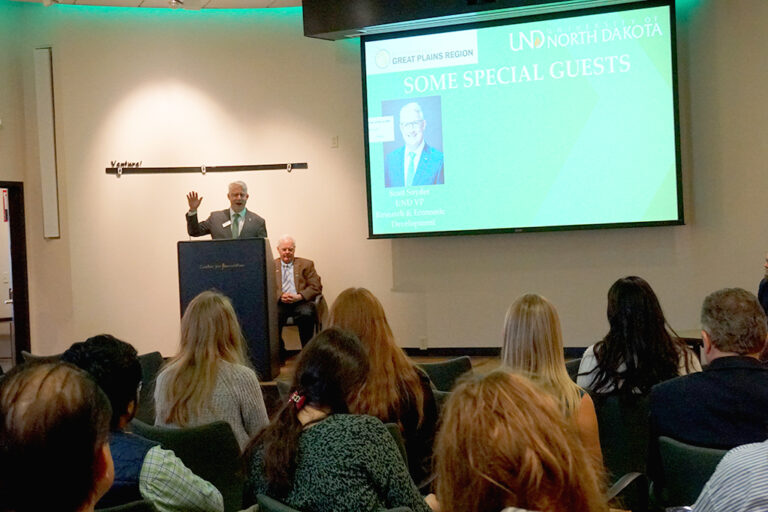Critters of campus
The University of North Dakota is home to a surprising array of watchable wildlife – if you take the time to look
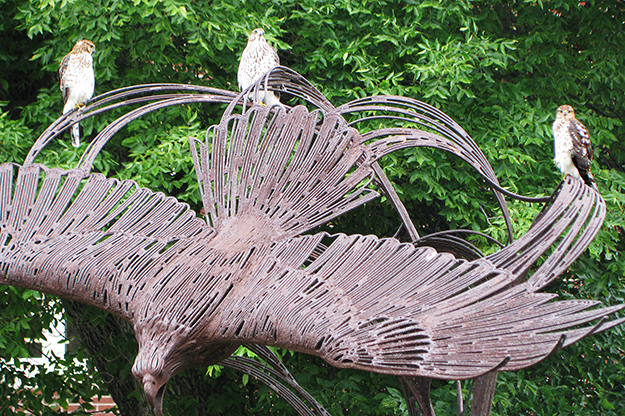
The UND campus is filled with learners — but they are not students. In our daily lives, we may not be taking much notice of them. But they are keeping a watch on us.
These learners are the wildlife of UND. They are looking for clues to food, mates, protection and danger. They go about their lives largely unnoticed by eyes that are glued to smartphones. The campus may seem like a serene environment, but these birds, mammals and reptiles engage in daily struggles for survival.
If one campus creature has earned the title of “superstar,” it’s probably the peregrine falcon. Since the bird established itself in Greater Grand Forks in 2008, the arrival of new offspring has attracted wide attention.
On June 12, a crowd of 150 — perhaps the largest ever — turned out to watch raptor expert Tim Driscoll band and name the newest set of falcon chicks. Among them were dozens of kids participating in Grand Forks YMCA programs. UND’s water tower has been the site of the falcons’ nesting box since 2010.
Driscoll named the three chicks Chan, Carl and Julie. These names honor Chandler Robbins, a prominent American ornithologist; Carl Barrentine, retired UND humanities and integrated studies faculty member, and Julie LeFever, longtime director of the Wilson Laird Core and Sample Library on campus. She passed away last December.
Driscoll has banded and named 29 peregrine falcon chicks in Grand Forks since 2008. This year also saw the first hatching of a peregrine in Crookston, Minn.

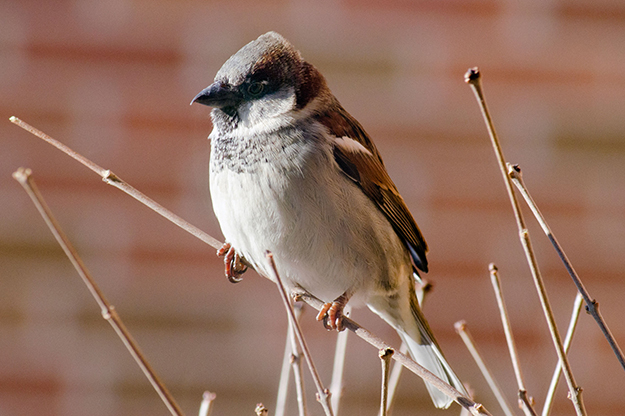
On the other end of the avian popularity scale is the pigeon, or rock dove. Sustained by grain spilled on the railroad tracks that border the campus, the pigeons’ presence here is nearly as old as the University itself. They are sometimes called “winged rats,” but close inspection can show a surprising range of colors.
The crow, on the other hand, is known for just one color: black. It more than makes up for that with presence and behavior. The number of crows has grown over the decades. Their gregarious nature and loud calls demand attention.
In his column “Always in Season,” Mike Jacobs noted that UND President Tom Clifford (1971-1992) was fascinated by the campus crows. It sometimes struck him that they seemed to recognize him. Given the distinctiveness of Clifford’s powerful physique and the intelligence of crows, this is possible.
Crows and pigeons are the conspicuous year-round residents, while others live more subtly. Sparrows frequent the bushes and shrubs; those plants near the south entrance to the Memorial Union are particularly favored in winter, owing to the shelter they offer, the presence of building vents and the generosity of those who provide birdseed.
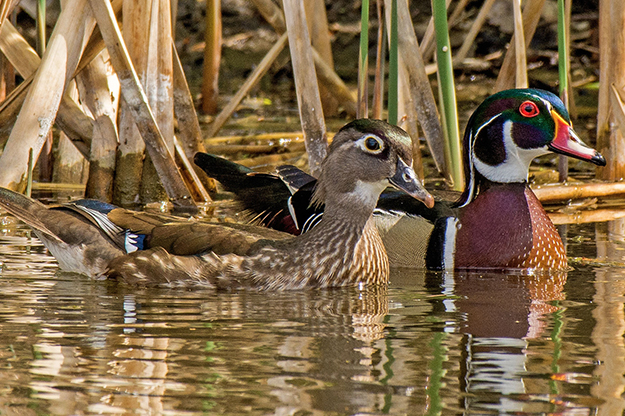
Other birds are mainly seasonal. Robins and grackles patrol the lawns, while red-winged blackbirds stake out the coulee banks. The return of ducks — wood ducks, mallards and sometimes mergansers — herald the arrival of spring. Canada geese have become common as well.
With open eyes, some luck or patience and the right timing, other species might be spotted. Among these are nuthatches, kinglets, rose-breasted grosbeaks, woodpeckers, cedar waxwings and various warblers, to name a few. Cooper’s hawks are well established in the community. A much more infrequent visitor to the English Coulee is the great blue heron.
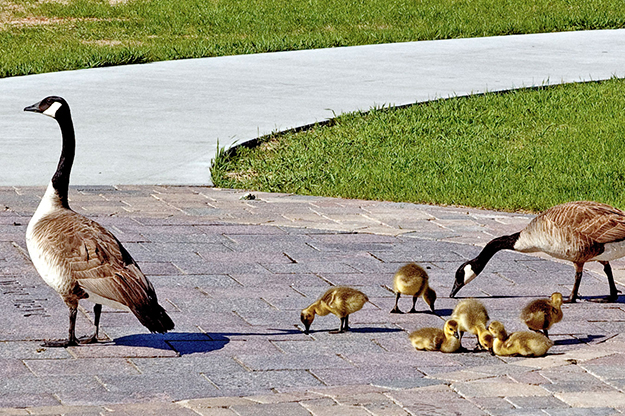
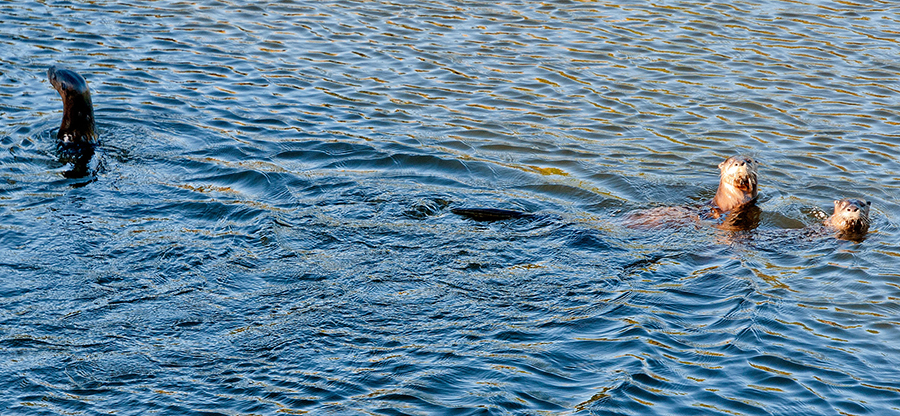
On the lawns and in the water, the campus creatures live cautiously. Cottontail rabbits freeze and then scurry for cover when approached. Squirrels dart for the nearest tree and then engage in kind of a game of “hide-and-peek.” In the coulee, muskrats and turtles both dive when they sense they are being watched.
Almost never seen is the flying squirrel, which is primarily nocturnal. However, one did find a Twamley Hall window left open overnight in late 2015 and helped itself to crackers and cookies in an office. It was trapped and released by Merrifield Hall.
Whether familiar or unusual, the sight of wildlife brings its own special addition to the educational experience. They enrich the campus environment and encourage us to broaden our perspectives.

